ID-DOC: general search
Here you can enter a general keyword and perform a general search.
??? What are these question marks doing here? These represent tools which we know by a Dutch or French name, but who's English name is yet unknown. Suggestions are always welcome!
If you cannot find a certain tool, or if you experience other problems with this page, please let us know at info@mot.be.
Search for: tool
Showing search results 1 - 50
1,492 results found
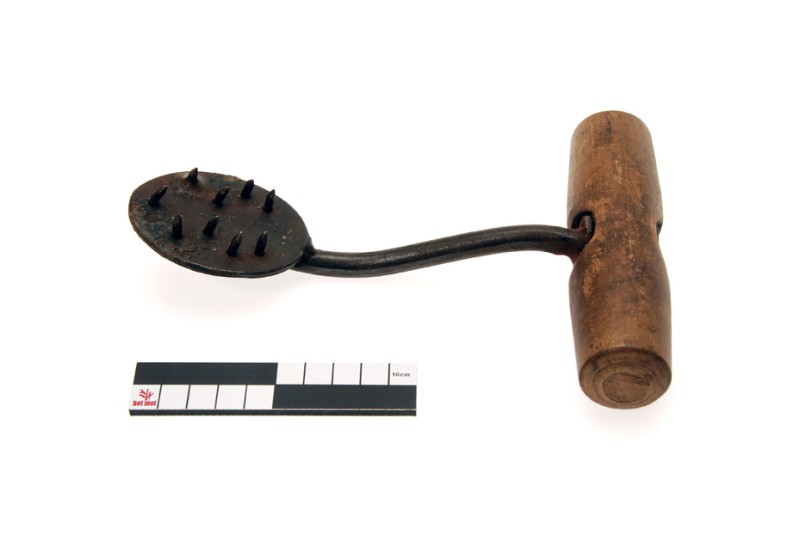
???
Light hand hook with a series of short teeth on a plate of about 4-6 cm.
The jute or wood handle may or may not be perpendicular to the working
part. This hook moves "most bagged goods, except more refined sugar, fine
seeds, ground pumice, fine sulfur and similar goods" (1). See also the
cotton hook. [MOT] (1) JANSE: 27.
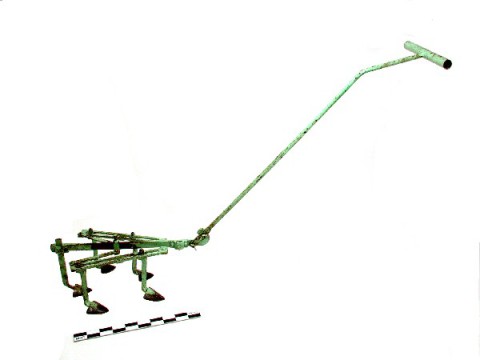
???
With the manually pulled trail cultivator (1), the soil is lifted up to a
fairly great depth (approx. 7-15 cm) and opened up and the weeds growing on
it are loosened. It is also used to break clods. The working part, usually
adjustable in width, consists of an odd number of curved iron teeth with a
triangular point. It is screwed to an iron handle of approx. 120 cm, the
end of which (approx. 25 cm) is bent and has a crossbar (approx. 35 cm).
See also the hand cultivator. [MOT] (1) There are also trailed cultivators
that are pulled by a horse.

???
This text can only be consulted in Dutch
<https://www.mot.be/resource/Tool/1053?lang=nl>

???
These wrought iron pliers are used to pull out posts. In hop cultivation,
this tool is used in combination with a lever to pull the stakes out of the
ground every year. To be distinguished from the stone cutter's scissors.
See also this associated tool. [MOT]

???
This text can only be consulted in Dutch
<https://www.mot.be/resource/Tool/1020?lang=nl>
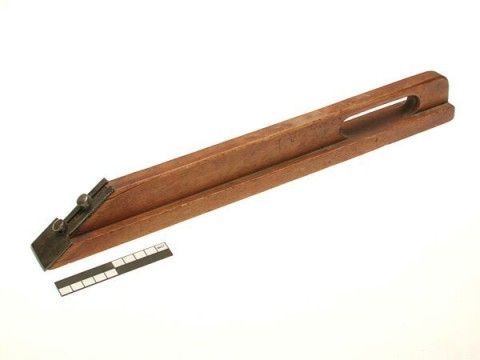
???
This text can only be consulted in Dutch
<https://www.mot.be/resource/Tool/1040?lang=nl>

???
Wooden or metal wedge - today made of plastic - usually with a concave top
surface and a wooden handle or a metal bracket. The stop block is placed
against the wheel of a vehicle to slow down or stop it. Implements for the
railways are made according to plan from oak or elm; the stem (approx. 90
cm), made of ash or acacia (1). [MOT] (1) ''Kleine houten voorwerpen'': 3.

???
For more technical information about this iron hand tool of the osier
worker, see the dutch version of this page. For maintenance works, in
addition to a spade and an axe, the osier worker uses this iron tool to dig
up dead tree stumps by stabbing its thick roots and then pounding it
through the head of the stump, in order to be able to turn the latter on
its axis, until it has come loose from its roots.The tool is also used to
split tree stumps to make firewood. [MOT]
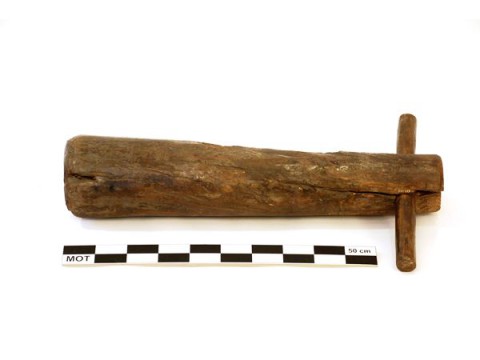
???
This text can only be consulted in Dutch
<https://www.mot.be/resource/Tool/1123?lang=nl>
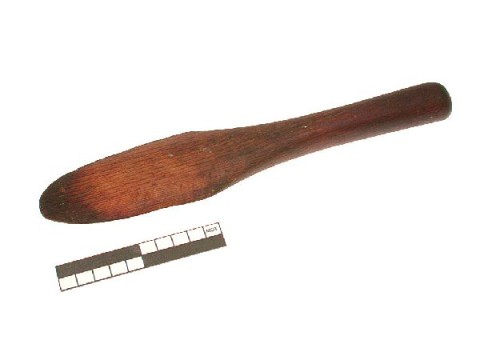
???
This text can only be consulted in Dutch
<https://www.mot.be/resource/Tool/1110?lang=nl>

???
This text can only be consulted in Dutch
<https://www.mot.be/resource/Tool/1087?lang=nl>

???
This text can only be consulted in Dutch
<https://www.mot.be/resource/Tool/1125?lang=nl>

???
This text can only be consulted in Dutch
<https://www.mot.be/resource/Tool/1119?lang=nl>

???
This text can only be consulted in Dutch
<https://www.mot.be/resource/Tool/1124?lang=nl>

???
This text can only be consulted in Dutch
<https://www.mot.be/resource/Tool/1140?lang=nl>

???
This text can only be consulted in Dutch
<https://www.mot.be/resource/Tool/1115?lang=nl>
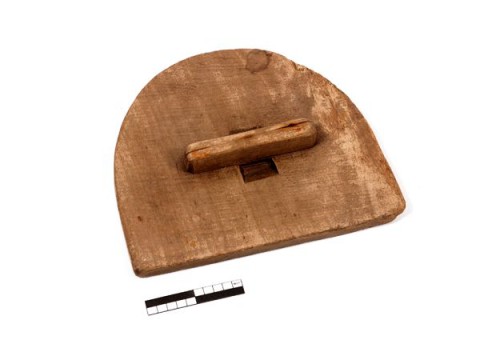
???
This text can only be consulted in Dutch
<https://www.mot.be/resource/Tool/1134?lang=nl>

???
This text can only be consulted in Dutch
<https://www.mot.be/resource/Tool/1138?lang=nl>

???
Large wooden rake with wide teeth that are widely spaced, with which the
sand heap is regularly worked to allow the sand to dry more quickly. There
are also sand rakes (1) with metal teeth, as well as a combination rake and
puller. [EMABB] (1) Proper English name yet unknown

???
This text can only be consulted in Dutch
<https://www.mot.be/resource/Tool/1146?lang=nl>

???
This text can only be consulted in Dutch
<https://www.mot.be/resource/Tool/1141?lang=nl>

???
This text can only be consulted in Dutch
<https://www.mot.be/resource/Tool/1149?lang=nl>

???
This text can only be consulted in Dutch
<https://www.mot.be/resource/Tool/1147?lang=nl>

???
This text can only be consulted in Dutch
<https://www.mot.be/resource/Tool/1132?lang=nl>

???
Monoxil (usually beech or willow) knife-shaped hand tool to rid the stone
form of the remnants of clay and sand after each stone made. Sometimes a
piece of iron was used for the same purpose. [EMABB]

???
This text can only be consulted in Dutch
<https://www.mot.be/resource/Tool/1131?lang=nl>

???
This text can only be consulted in Dutch
<https://www.mot.be/resource/Tool/1161?lang=nl>

???
This text can only be consulted in Dutch
<https://www.mot.be/resource/Tool/1148?lang=nl>

???
This text can only be consulted in Dutch
<https://www.mot.be/resource/Tool/1150?lang=nl>
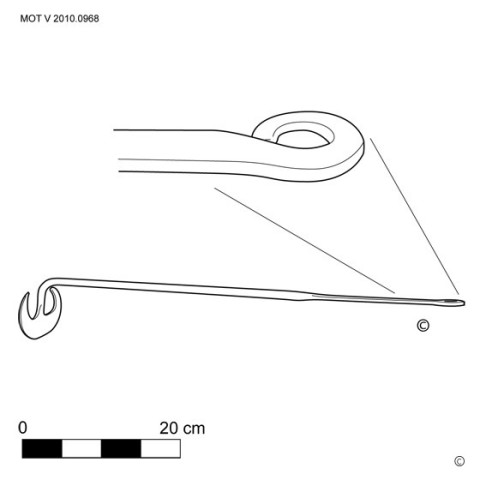
???
Hand tool to stir the porridge in the pot or kettle over the fire. It
consists of an iron sickle-shaped working part (approx. 10 cm) that is
either an extension of or perpendicular to the stem (approx. 45 cm). The
latter may or may not be provided with a wooden handle. Another model is in
the form of a wooden kitchen scraper, the working part of which is pierced
(1). [MOT] (1) Eg. WEYNS 1974: 446.

???
This text can only be consulted in Dutch
<https://www.mot.be/resource/Tool/119?lang=nl>
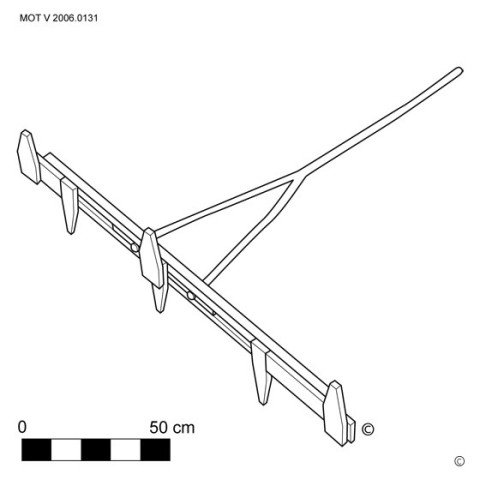
???
This text can only be consulted in Dutch
<https://www.mot.be/resource/Tool/1189?lang=nl>

???
This text can only be consulted in Dutch
<https://www.mot.be/resource/Tool/1201?lang=nl>

???
This text can only be consulted in Dutch
<https://www.mot.be/resource/Tool/1204?lang=nl>
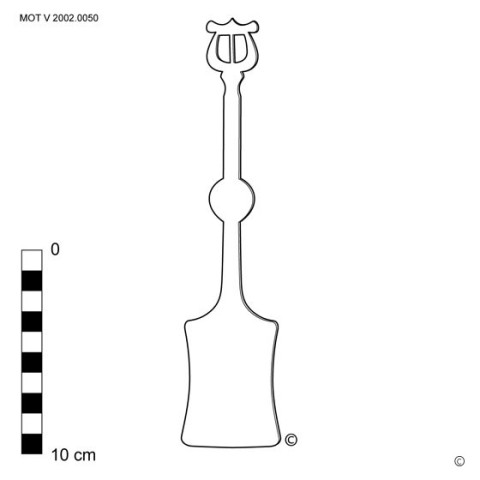
???
This text can only be consulted in Dutch
<https://www.mot.be/resource/Tool/1183?lang=nl>
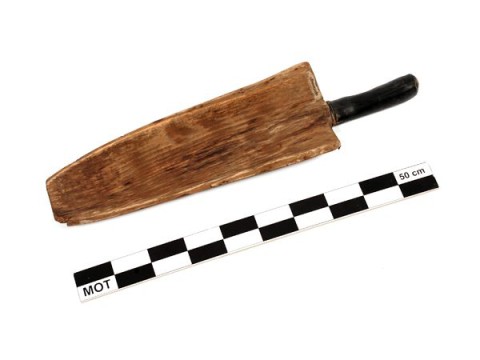
???
This text can only be consulted in Dutch
<https://www.mot.be/resource/Tool/1153?lang=nl>

???
This text can only be consulted in Dutch
<https://www.mot.be/resource/Tool/1210?lang=nl>

???
This text can only be consulted in Dutch
<https://www.mot.be/resource/Tool/1207?lang=nl>

???
This text can only be consulted in Dutch
<https://www.mot.be/resource/Tool/1205?lang=nl>

???
This porter's tool is a wooden lever with an iron lip for tipping metal
barrels. The lip catches the bilge of the barrel. [MOT]

???
This cabinet wrench is a three or square, narrowing Exagonal key, sometimes
combined with one or more socket wrench(es), also with a screwdriver, with
which doors and locks of cabinets etc. in carriages or ships can be opened
or tightened. Construction workers such as the locksmith, carpenter and
painter sometimes use a this wrench when there is no door handle in the
lock, eg on a construction site. There are foldable models. The wrench also
comes as part of a folding knife for construction workers. [MOT]
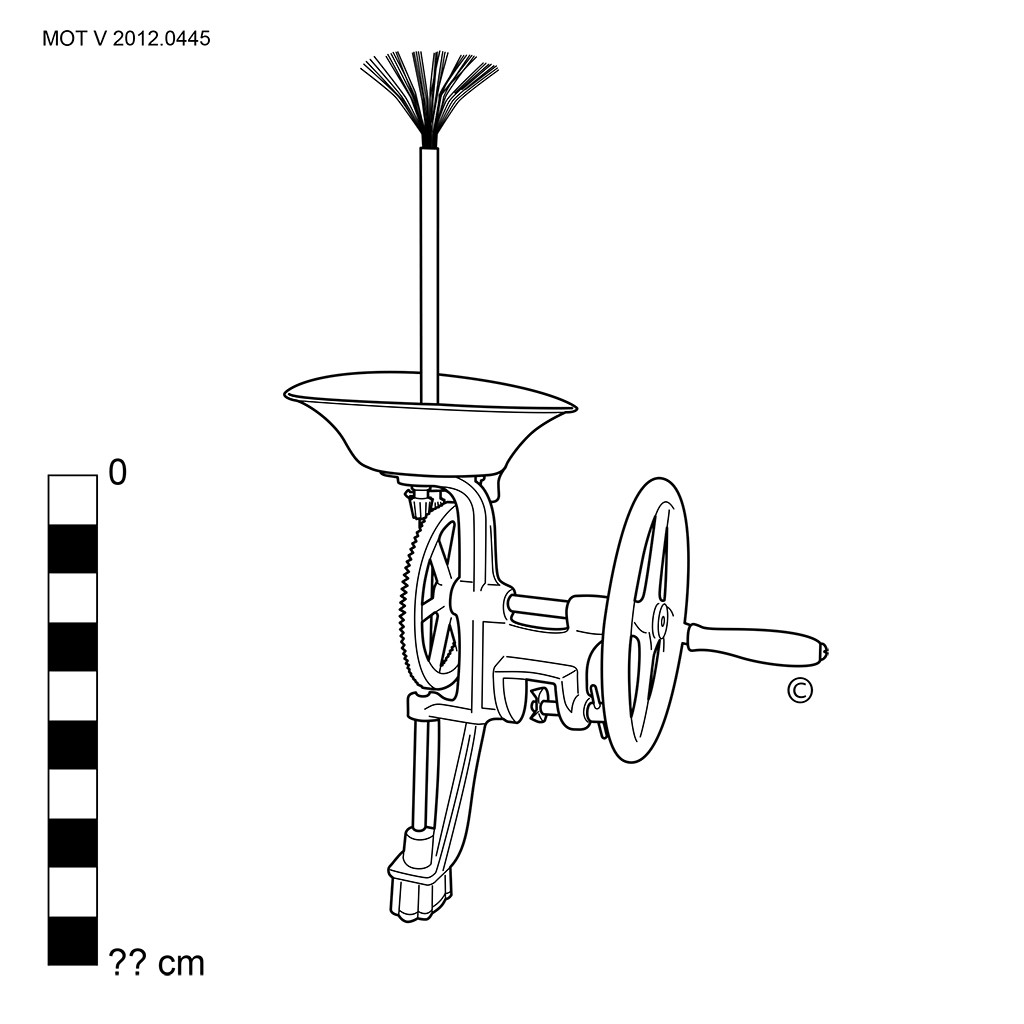
???
This text can only be consulted in Dutch
<https://www.mot.be/resource/Tool/1223?lang=nl>

???
This text can only be consulted in Dutch
<https://www.mot.be/resource/Tool/1239?lang=nl>
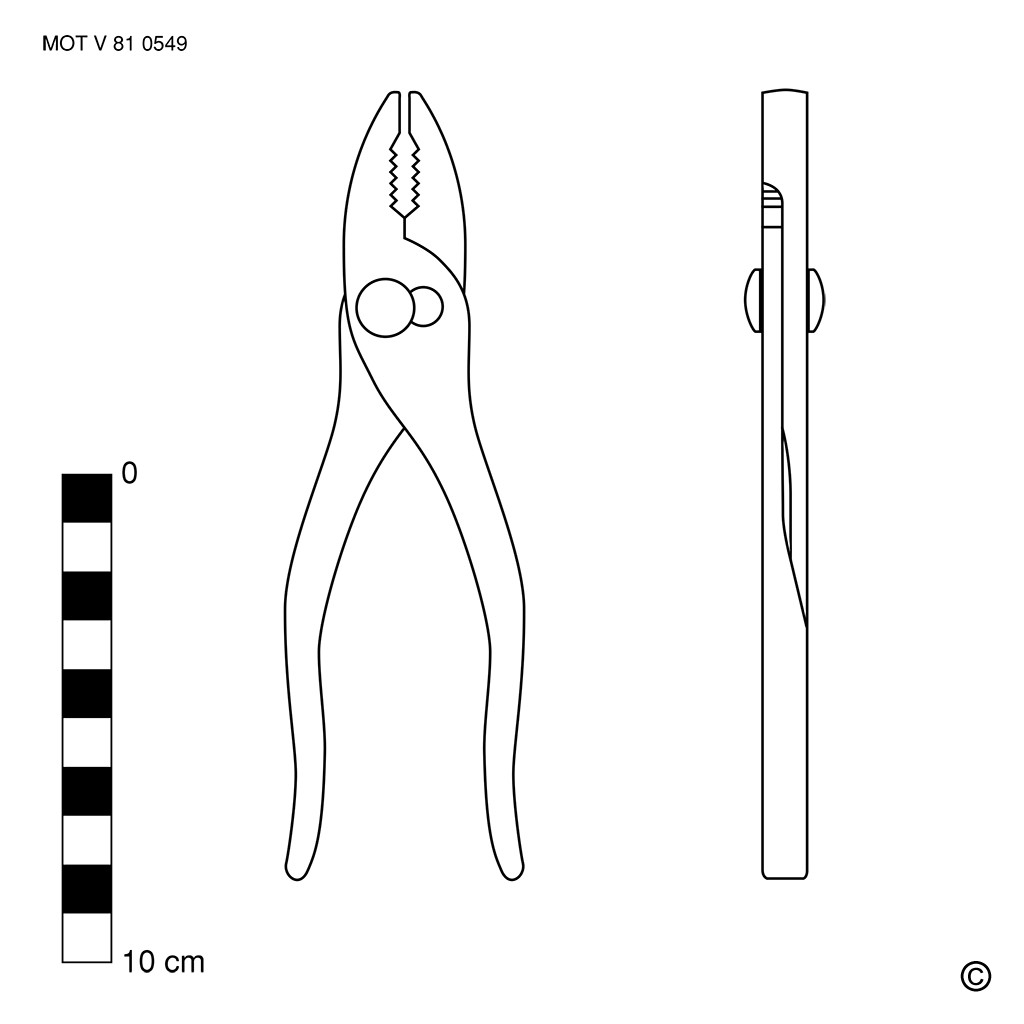
???
These automotive pliers allow you to hold, tighten or loosen something. One
of the arms can be moved sideways to obtain a larger opening width. These
pliers are often in the tool bag in the car. [MOT]

???
This text can only be consulted in Dutch
<https://www.mot.be/resource/Tool/218?lang=nl>

???
This text can only be consulted in Dutch
<https://www.mot.be/resource/Tool/222?lang=nl>
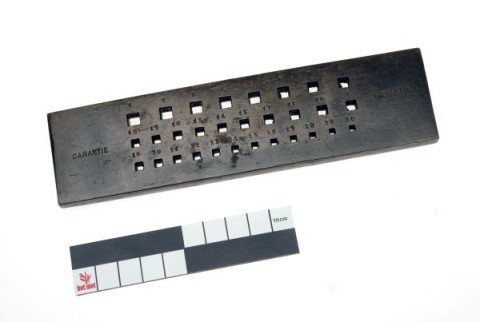
???
This text can only be consulted in Dutch
<https://www.mot.be/resource/Tool/1228?lang=nl>

???
This text can only be consulted in Dutch
<https://www.mot.be/resource/Tool/1206?lang=nl>
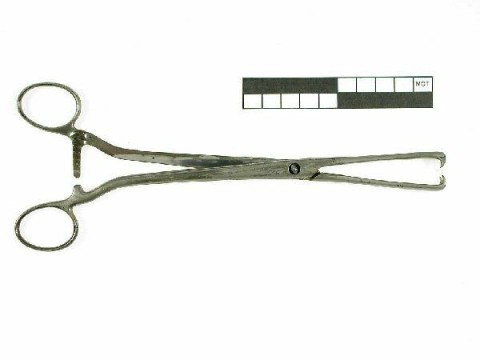
???
During surgery, the doctor can pull certain parts of the body towards him
with these claw forceps. The jaws end in sharp inward-facing hooks that
interlock like two teeth. Often these pliers can be locked in different
positions by means of a bracket and hooks. The two parts can be easily
separated for cleaning. [MOT]

???
This text can only be consulted in Dutch
<https://www.mot.be/resource/Tool/207?lang=nl>
